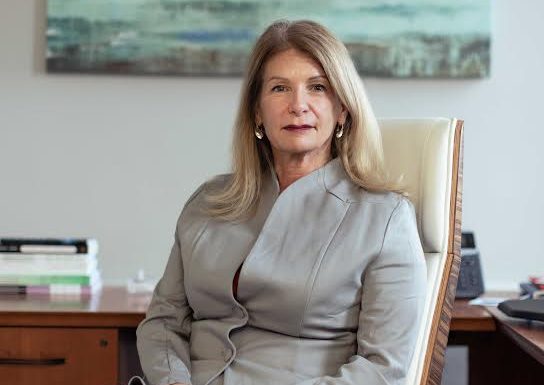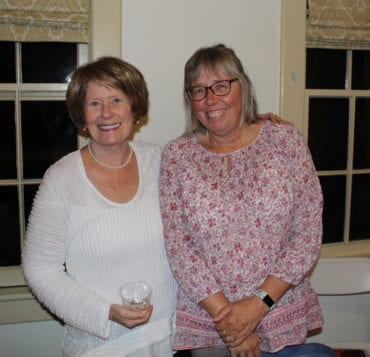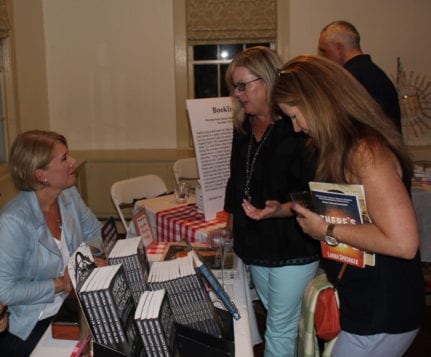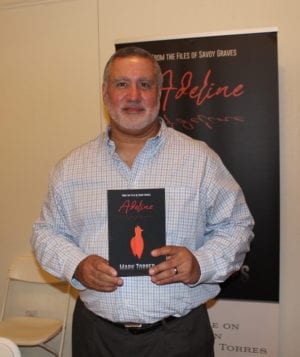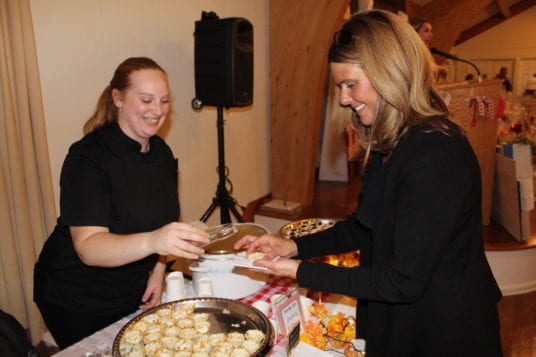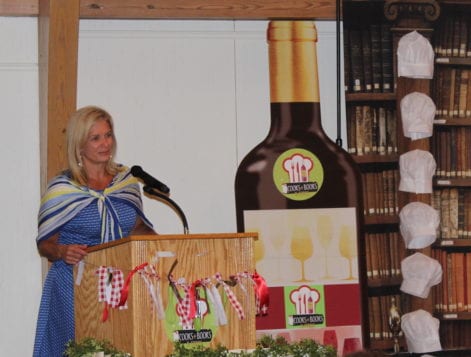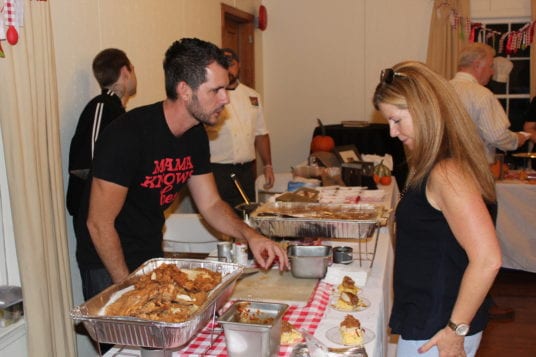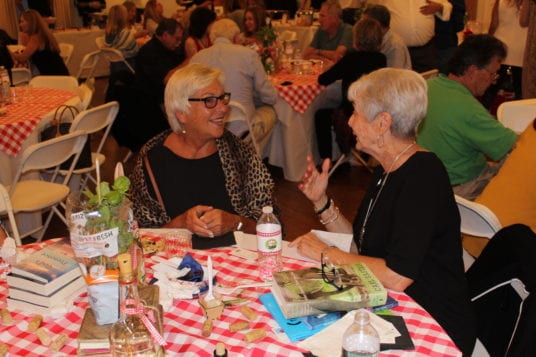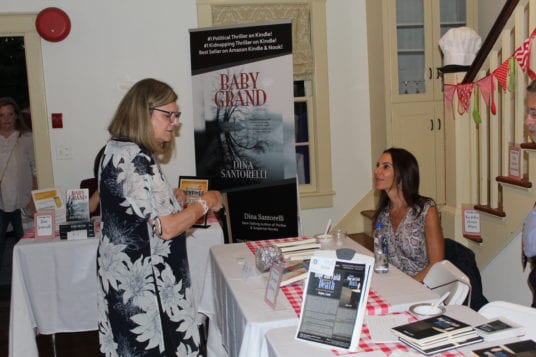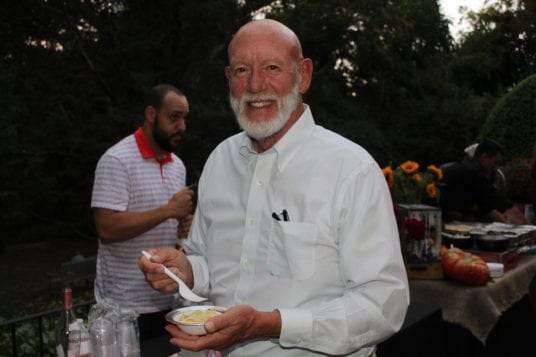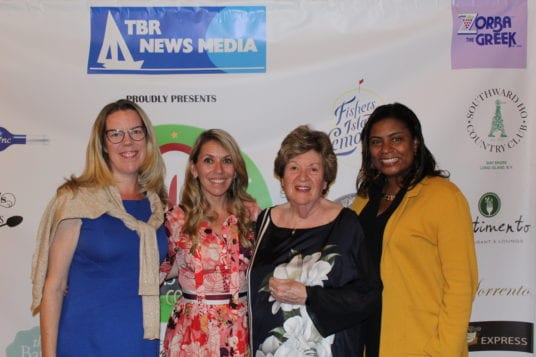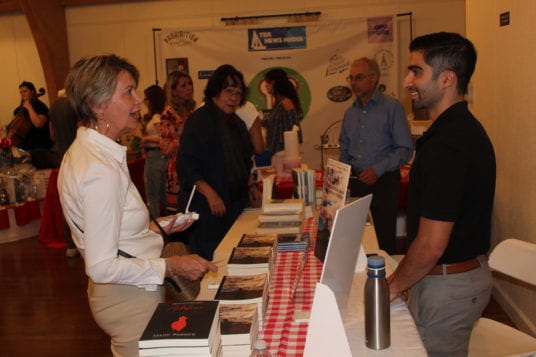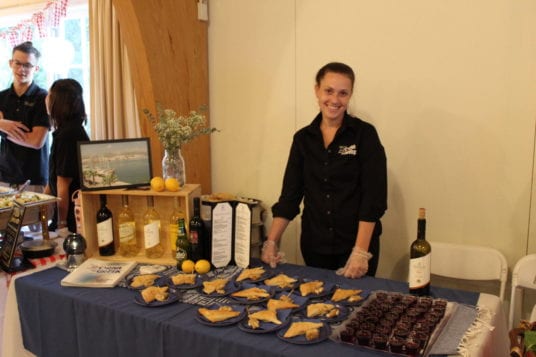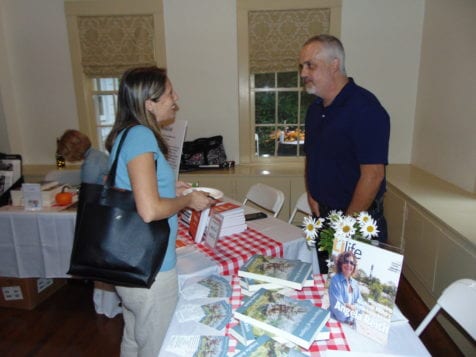Stony Brook University’s Laura Lindenfeld, Dean of the School of Communication and Journalism (SoCJ) and Executive Director of the Alan Alda Center for Communicating Science, was recently named as the finalist for the Scripps Howard Fund Administrator of the Year award.
The Scripps Howard Awards, an annual contest hosted by the Scripps Howard Fund and the Association for Education in Journalism and Mass Communication, is one of the nation’s most prestigious American journalism competitions. Nominees are judged by a panel of experienced communications professionals and journalists. The winner and finalist of the Administrator of the Year award, which honors leaders in higher education who work to train and inspire up-and-coming journalists and communications professionals, will be recognized at the Awards. Lindenfeld was nominated for the award by a group of faculty members from the SoCJ.
“This is a well-deserved honor for Laura. Our School of Communication and Journalism is thriving at Stony Brook under her leadership. I am so pleased to see her recognized with this prestigious award,” said Carl Lejuez, provost and executive vice president.
Since joining Stony Brook University in 2016 as Executive Director of the Alda Center and a professor in the School of Communication and Journalism, Lindenfeld has helped contribute to the school’s success by winning re-accreditation from the Accrediting Council on Education in Journalism and Mass Communications for the undergraduate journalism program, increasing student enrollment in the SoCJ by more than one third, doubling the size of tenure-track faculty at the school, and bringing in more than $15 million in funding opportunities. She was also nominated for her contributions in streamlining the Alda Center with the SoCJ as a collaborative unit, helping attract top talent.
“For the past five years, it has been my joy and my honor to lead the SoCJ and the Alda Center,” said Laura Lindenfeld. “These two organizations have a critical role to play in bridging science and society through effective, engaging communication, and in helping to create a fairer, more just, more rational world. I am truly honored by this recognition, and proud to be working alongside the incredible people at the SoCJ and Alda Center, and across the Stony Brook community.”
Dean Lindenfeld has also served as Vice Provost for Academic and Strategic Planning at Stony Brook and Director of the Margaret Chase Smith Policy Center, University of Maine and professor of communication and journalism there. She worked as a copywriter for DDB Needham Worldwide and screenplay writer for RTL Plus in Dusseldorf, Germany. She holds a PhD in Cultural Studies from the University of California Davis and an MA from the Rheinische Friedrich-Wilhelms-Universität Bonn in Germany.
The Scripps Howard Awards will air on Scripps News in October 2024.

